阿波おどり(あわおどり)は、徳島県で毎年8月12日〜15日のお盆期間に開催される盆踊り。江戸時代から約400年続く日本の伝統芸能の一つです。国内外から100万人を超える観光客が訪れるなど、日本有数のイベントとなっています。Google Mapのマイマップで徳島市内の阿波おどりに関するマップを作成しました。有料・無料の演舞場や駐車場などをプロットしてあります。参考になれば幸いです。
Awa Odori (Awa Dance) is a Bon dance held annually in Tokushima Prefecture during the Bon Festival period from 12 to 15 August. It is one of Japan’s traditional performing arts, which has continued for about 400 years since the Edo period. It has become one of Japan’s leading events, attracting more than one million visitors from home and abroad.
A map about the Awa Odori dance in Tokushima City was created using Google Map’s My Maps. It plots the performance halls, parking lots, etc. We hope this will be helpful.
阿波おどり
日程:毎年8月12日〜15日
場所:徳島県徳島市 [Google Map]
Awa Odori Dance Festival
Dates : 12-15 August 2022
Place : Tokushima City, Tokushima Prefecture [Google Map]
徳島発祥の阿波おどりは、日本三大盆踊り・四国三大祭りのひとつとして知られる伝統芸能です。毎年8月12日〜15日、本場・徳島市には国内外から100万人以上が訪れ、街全体が踊りと掛け声に包まれます。軽快な三味線や太鼓のリズムに乗り、連(れん)と呼ばれる踊り手たちが練り歩く光景は圧巻。徳島市中心部には一年中阿波おどりを体験できる「阿波おどり会館」もあり、訪れる人をいつでもこの魅力的な踊りの世界へ誘います。近年では高円寺や南越谷など全国各地でも開催され、その熱気は広がり続けています。
Originating in Tokushima, Awa Odori is a traditional performing art known as one of Japan’s three major bon odori dances and one of Shikoku’s three major festivals. Every year from 12th to 15th August, more than 1 million people from Japan and abroad visit Tokushima City, the birthplace of Awa Odori, and the entire city is filled with dancing and cheering. The sight of dancers known as ‘ren’ parading through the streets to the lively rhythms of shamisen and drums is truly breathtaking. In the heart of Tokushima City, the Awa Odori Hall offers visitors the chance to experience the Awa Odori dance year-round, inviting them into this captivating world of dance. In recent years, the festival has expanded to locations such as Koenji and Minami-Koshigaya across Japan, with its fervour continuing to spread.
阿波おどりの起源
徳島発祥で400年以上の歴史を誇る阿波おどりは、いくつかの説が存在します。
・築城起源説:1587年、蜂須賀家政が徳島城完成を祝って城下の人々が踊った。
・風流おどり起源説:戦国期に行われた「風流おどり」が原型とされ、能楽の影響を受けたとする説。
・盆おどり起源説:旧暦7月に行われた盆おどりが発展したとする説。
藍や塩で栄えた徳島では藍商人の後押しもあり、阿波おどりは豪華さを増し、市民に根付いた娯楽として発展。戦後は復興の象徴となり、現在では日本を代表する夏祭りのひとつとして世界に知られています。
The Origins of Awa Odori
Awa Odori, which originated in Tokushima and boasts a history of over 400 years, has several theories about its origins.
・Castle Construction Origin Theory: In 1587, Hachisuka Iemasa celebrated the completion of Tokushima Castle, and the people of the castle town danced.
・Furyu Odori Origin Theory: This theory states that the ‘Furyu Odori’ performed during the Warring States period was the prototype, influenced by Noh theatre.
• Bon Odori Origin Theory: This theory suggests that the Awa Odori developed from the Bon Odori, which was held in July according to the old lunar calendar.
In Tokushima, which prospered through the indigo and salt trades, the Awa Odori grew in splendour with the support of indigo merchants and developed into a popular form of entertainment among the citizens. After the war, it became a symbol of reconstruction and is now recognised worldwide as one of Japan’s representative summer festivals.
2023/08/13撮影
両国橋演舞場
賑わっています。
ひょっとこ連
深雪連
JR四国連。子どもたちも楽しそう。
娯茶平連
慶應義塾連。ちびっこ娯茶平連
川沿いも橋詰めに演舞場が設けられています。
遊覧船からも眺めることができます。
いわゆる野良連もあちこちで踊っていました。
有料演舞場にきました。
新ばし連
阿波連
傘
ほんま連
日本ハム、みやび連
阿呆連
VIP席
天保連
紫と黄色の組み合わせが素敵
藝茶楽
太鼓や鉦(かね)の音もいいですね。
祭りが終わった後も、路上で踊っている人たちがいました。
2022年8月、徳島市阿波おどり公式アンバサダーに就任しました!徳島が誇る『阿波おどり』文化を世界に発信していきたいと思います。
In August 2022, We have been appointed the official Awa Odori dance ambassador. We would like to promote Tokushima’s proud ‘Awa Odori’ culture to the world.
2022/08/12撮影
川の街、徳島
ひょうたん島クルーズ
両国本町演舞場
川の橋詰めが踊りの広場になっています。
有料演舞場
冷やしきゅうりの屋台
川と満月
2012年8月12日
路地裏の野良連も面白い
2012/08/12撮影
観光庁 Visit Japan の動画を改めて紹介します。阿波おどりが、徳島県の人たちにとっていかに日常に溶け込んでいる文化かというのがわかる素敵な動画です。
This is the movie for introducing Awa dance of Tokushima pref. in the Visit Japan campaign of Japan Tourism Agency.
Discover the SPIRIT of JAPAN _Primary_English

Do you really know the people of Japan?

河川敷で練習する人たち。阿波おどりは徳島県人にとって日常です。

Hikari Seto : I love the Awa Dance.

After work, I’m always thinking about dancing.

Do you really know the people of Japan?

Hideaki Oka : Leader of Japan’s largest Awa Dance team, “Gojahei”
娯茶平(ごじゃへい)七代目連長 岡秀昭さん。日本最大の阿波踊りのチームになります。

The Awa Dance is more work than play.

Practicing is hard, it’s demanding.

But I can’t stop loving the dance.

“Why do you like it?” That’s the difficult question.

I’ve been doing the dance for 50 years. But I can’t tell why I’ve been doing it.

People are excited. They clap a lot for me.

They keep coming back. They shake my hand.
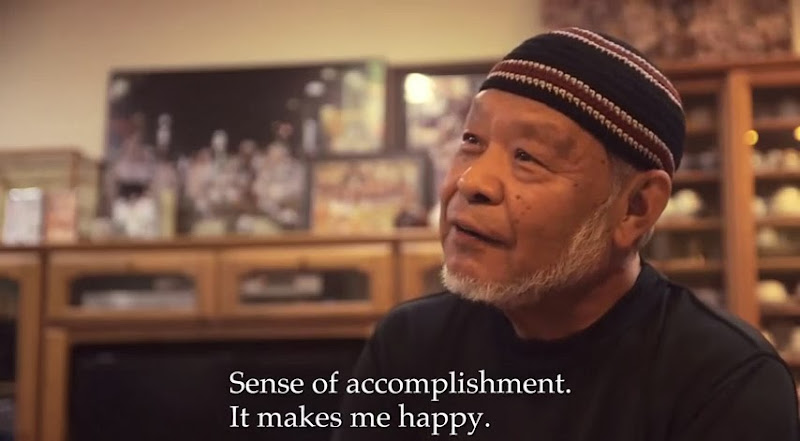
Sense of accomplishment. It makes me happy.

Do you really know the pople of Japan?

親子の踊り子。これから踊りに向かうところでしょうか。
とてもいい光景です。

Japan. Endless Discovery.
www.visitjapan.jp
Awa Dance Festival – Wikipedia
The Awa Dance Festival (阿波踊り, Awa Odori) is held from 12 to 15 August as part of the Obon festival in Tokushima Prefecture on Shikoku in Japan. Awa Odori is the largest dance festival in Japan, attracting over 1.3 million tourists every year. Groups of choreographed dancers and musicians known as ren (連) dance through the streets, typically accompanied by the shamisen lute, taiko drums, shinobue flute and the kane bell. Performers wear traditional obon dance costumes, and chant and sing as they parade through the streets. Awa is the old feudal administration name for Tokushima Prefecture, and odori means “dance”.
History
The Dance of Fools (in Kōenji, Tokyo)
The earliest origins of the dance style are found in the Japanese Buddhist priestly dances of Nembutsu-odori and hiji-odori of the Kamakura period (1185–1333), and also in kumi-odori, a lively harvest dance that was known to last for several days.The Awa Odori festival grew out of the tradition of the Bon Odori which is danced as part of the Bon “Festival of the Dead”, a Japanese Buddhist celebration where the spirits of deceased ancestors are said to visit their living relatives for a few days of the year. The term “Awa Odori” was not used until the 20th century, but Bon festivities in Tokushima have been famous for their size, exuberance and anarchy since the 16th century.
A dancer wearing an amigasa hat in Koenji, August 2009
Awa Odori’s independent existence as a huge, citywide dance party is popularly believed to have begun in 1586 when Lord Hachisuka Iemasa, the daimyō of Awa Province hosted a drunken celebration of the opening of Tokushima Castle. The locals, having consumed a great amount of sake, began to drunkenly weave and stumble back and forth. Others picked up commonly available musical instruments and began to play a simple, rhythmic song, to which the revelers invented lyrics. The lyrics are given in the ‘Song’ section of this article.This version of events is supported by the lyrics of the first verse of “Awa Yoshikono Bushi”, a local version of a popular folk song which praises Hachisuka Iemasa for giving the people Awa Odori and is quoted in the majority of tourist brochures and websites. However, according to local historian Miyoshi Shoichiro, this story first appeared in a Mainichi Shimbun newspaper article in 1908 and is unsupported by any concrete evidence. It is unclear whether the song lyrics were written before or after this article appeared.
Awa Odori dancers in tight formation (in Tokushima Prefecture, Shikoku)
Some evidence of the festival’s history comes from edicts issued by the Tokushima-han feudal administration, such as this one dating from 1671:1. The bon-odori may be danced for only three days.
2. Samurai are forbidden to attend the public celebration. They may dance on their own premises but must keep the gates shut. No quarrels, arguments or other misbehaviour are allowed.
3. The dancing of bon-odori is prohibited in all temple grounds.This suggests that by the 17th century, Awa’s bon-odori was well established as a major event, lasting over three days—long enough to be a major disruption to the normal functioning of the city. It implies that samurai joined the festival alongside peasants and merchants, disgracing themselves with brawling and unseemly behaviour. In 1674, it was “forbidden for dancers or spectators to carry swords (wooden or otherwise), daggers or poles”. In 1685 revelers were prohibited from dancing after midnight and dancers were not allowed to wear any head or face coverings, suggesting that there were some serious public order concerns.
In the Meiji period (1868–1912) the festival died down as the Tokushima’s indigo trade, which had financed the festival, collapsed due to imports of cheaper chemical dyes. The festival was revitalised at the start of the Shōwa period (1926) when Tokushima Prefectural authorities first coined the name “Awa Odori” and promoted it as the region’s leading tourist attraction.
徳島市阿波おどり(とくしまし あわおどり)は、徳島県徳島市で毎年8月12日 – 15日のお盆期間に開催される盆踊り(阿波踊り)である。江戸時代より約400年続く日本の伝統芸能の一つ。
阿波踊り発祥の地である徳島県(旧阿波国)では8月になると各地で阿波踊りが開催され、徳島市阿波おどりはその中でも突出した規模と知名度を誇る。人口約25万人の徳島市に例年、全国から20万-120万人ほどの観光客が集まり、旅行会社による観覧ツアーも多く組まれる。
開演は18時。徳島駅南側の繁華街一帯が18時から23時までの5時間にわたって歩行者天国となり、全域が阿波踊り一色となる。また、昼間は市内のホールで公演が行われる(後述)ほか、夕方になると公園などでリハーサル風景を見ることができる。最終日は、全演舞場の公演が終了した後でも、暫くの間小規模な輪踊りをしている様子も見られ、夜通し街中には鉦と太鼓の音が止むことは無い。


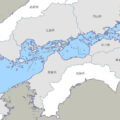





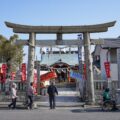
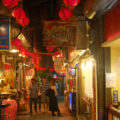

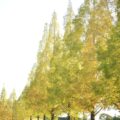

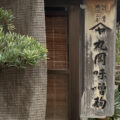

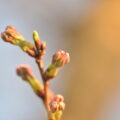

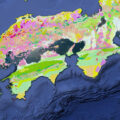
![【香川】春日川の川市 – [Kagawa] River market of Kasuga river](https://yousakana.jp/wp-content/uploads/wordpress-popular-posts/49605-featured-120x120.jpeg)
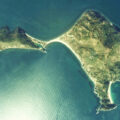
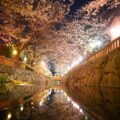



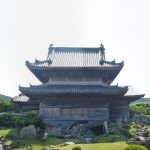
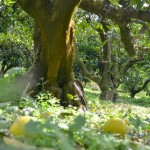
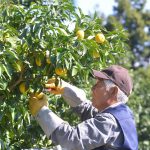
![【日本唯一 徳島】水銀朱の採掘遺跡『若杉山辰砂採掘遺跡』 – [Tokushima] Mercury vermillion mining site “Wakasugiyama Cinnabar Mining Site”](https://yousakana.jp/wp-content/uploads/2022/05/shinsha_cinnabar-lacquer_red-stone-150x150.jpg)
![【徳島】日本三奇橋・国指定重要有形民俗文化財『祖谷のかずら橋』 – [Tokushima] Important Tangible Folk Cultural Properties “Iya Vine Bridge”](https://yousakana.jp/wp-content/uploads/2012/02/Iya-Vine-Bridge-150x150.jpg)

![【徳島 8/12-15】阿波おどり ― 400年続く徳島の夏の熱狂 – [Tokushima 12-15 Oct.] Awa Dance Festival, Tokushima’s 400-year-old summer extravaganza](https://yousakana.jp/wp-content/uploads/2025/08/DSC_0358-150x150.jpg)

![【徳島】レンコン畑の蓮の花 – [Tokushima] Flowers of lotus land](https://yousakana.jp/wp-content/uploads/2017/08/lotus-150x150.jpg)
![【徳島】喫茶店 ろうそく夜 – [Tokushima] rousokuyo](https://yousakana.jp/wp-content/uploads/2025/06/rousokuyo-150x150.jpg)
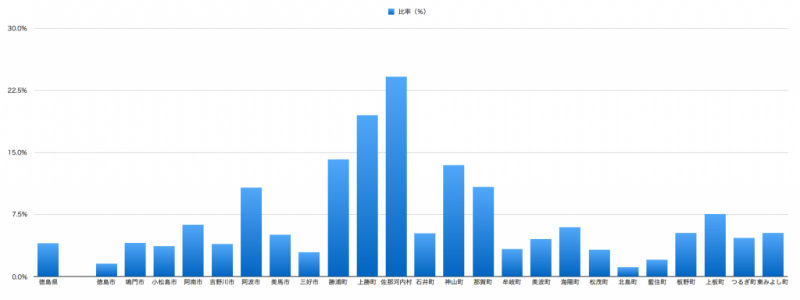
![【香川 11/23 入館無料】美術館は心の病院『丸亀市猪熊弦一郎現代美術館』 – [Kagawa 23 Nov. Free] Art is a Vitamin “MIMOCA”](https://yousakana.jp/wp-content/uploads/2023/12/mimoca_01.jpeg)
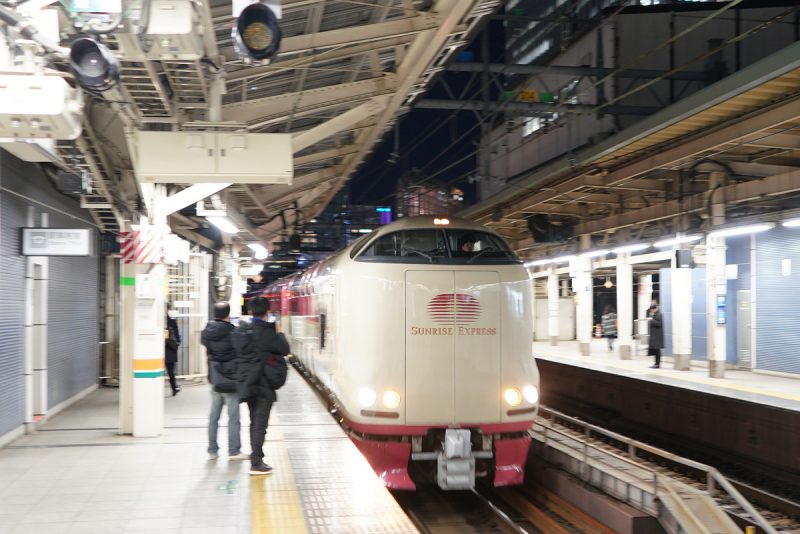
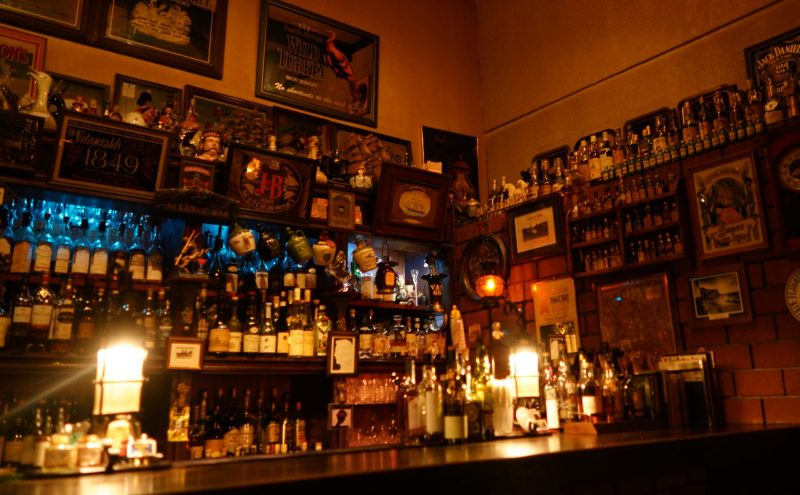
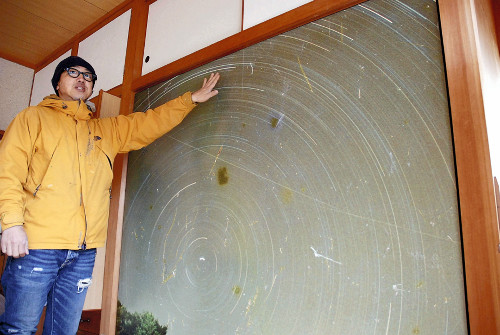
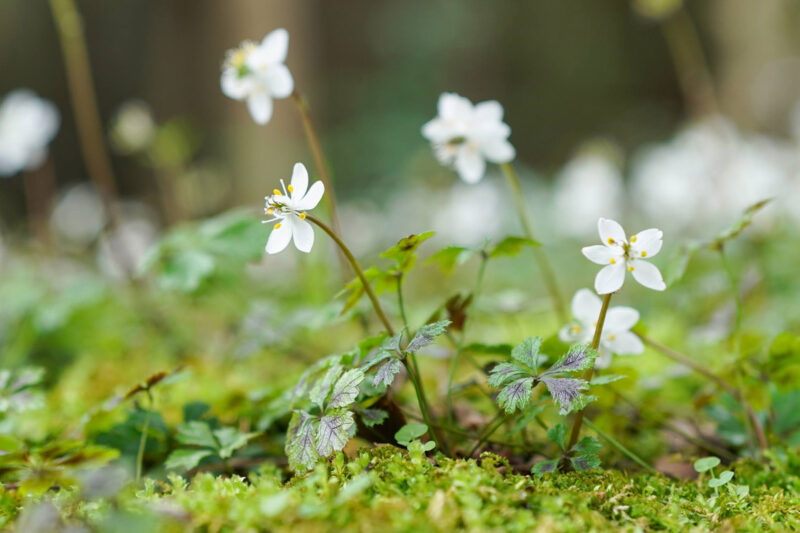
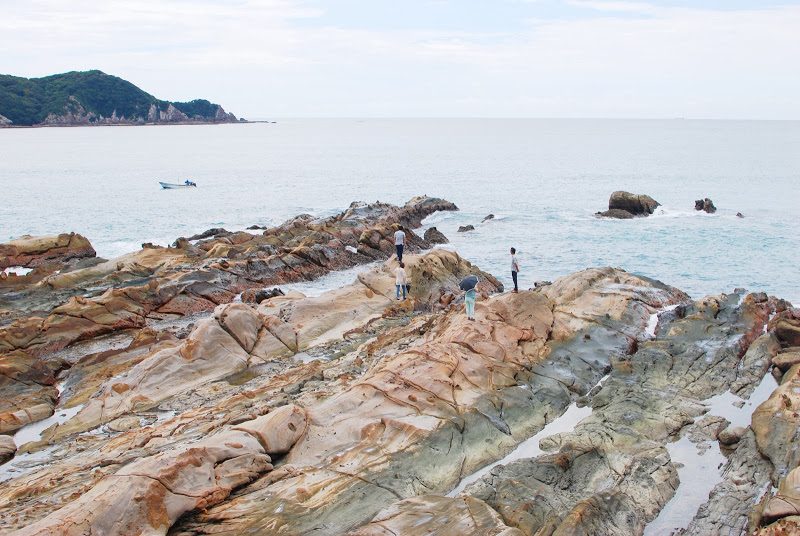
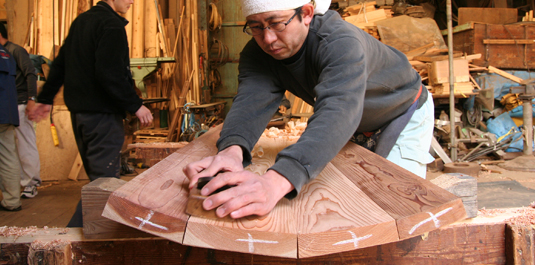
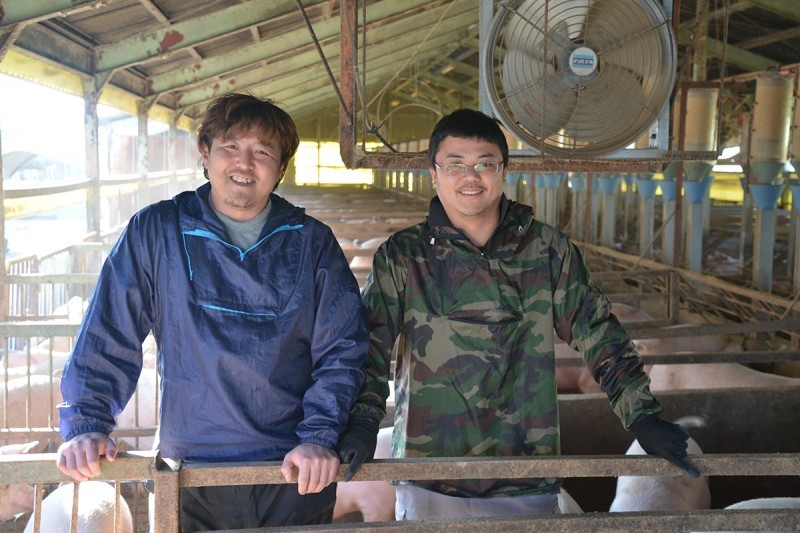
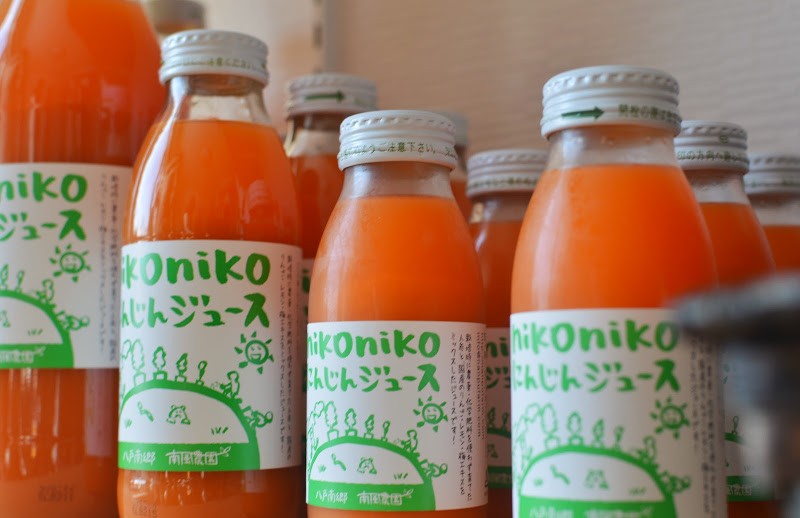
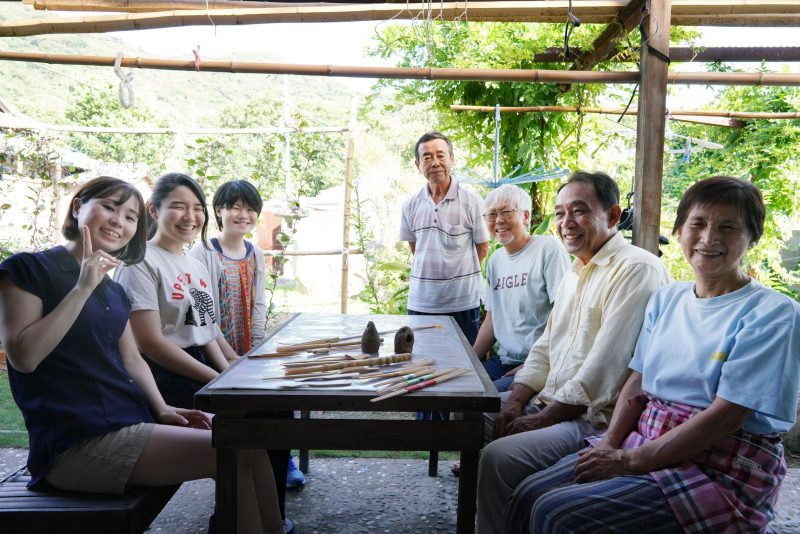
![【香川】ぱしふぃっく びいなす – [Kagawa: Arrived Saturday 19 Nov.] Pacific Venus](https://yousakana.jp/wp-content/uploads/2022/11/pacific-venus-800x533.jpeg)
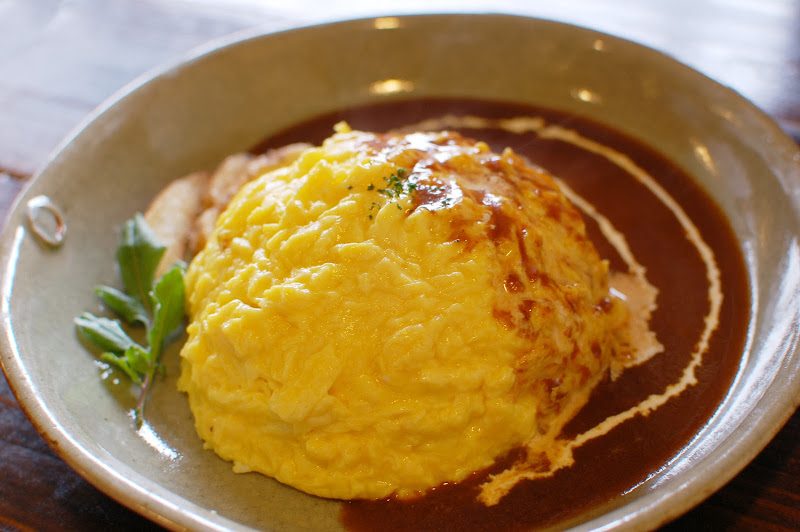
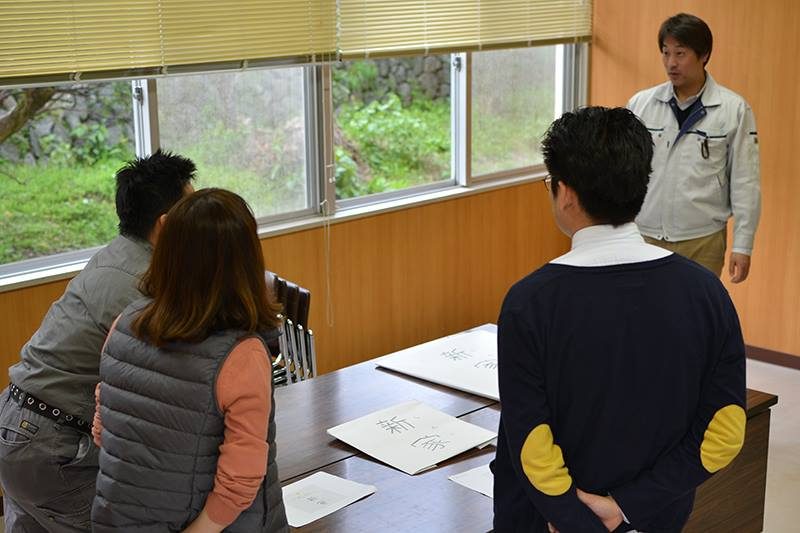
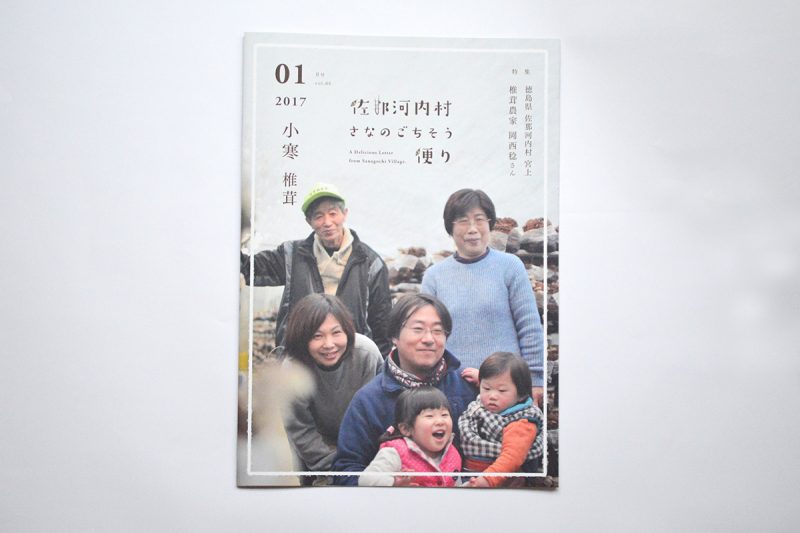
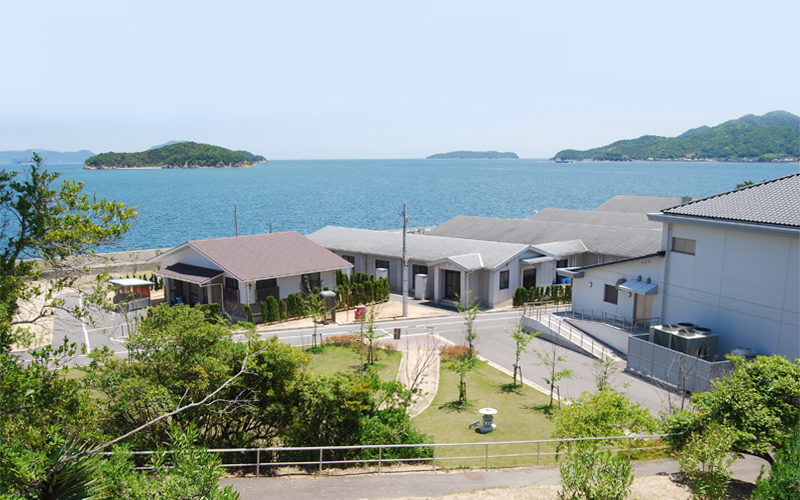
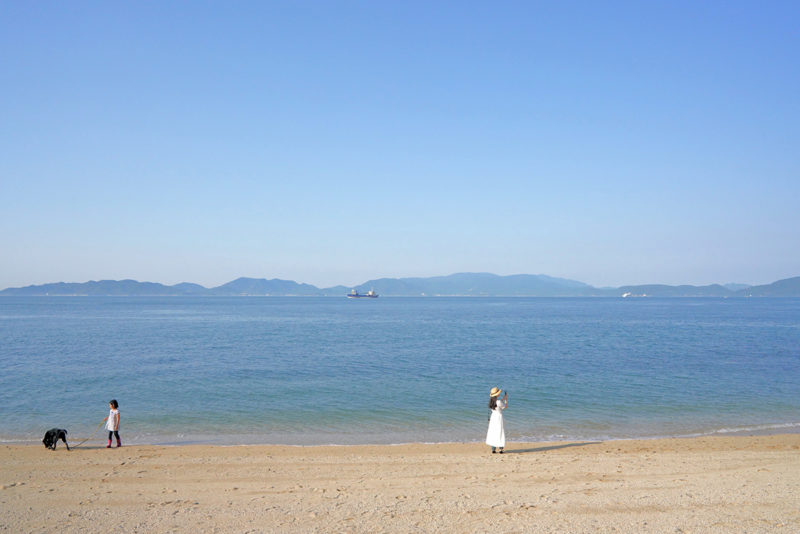
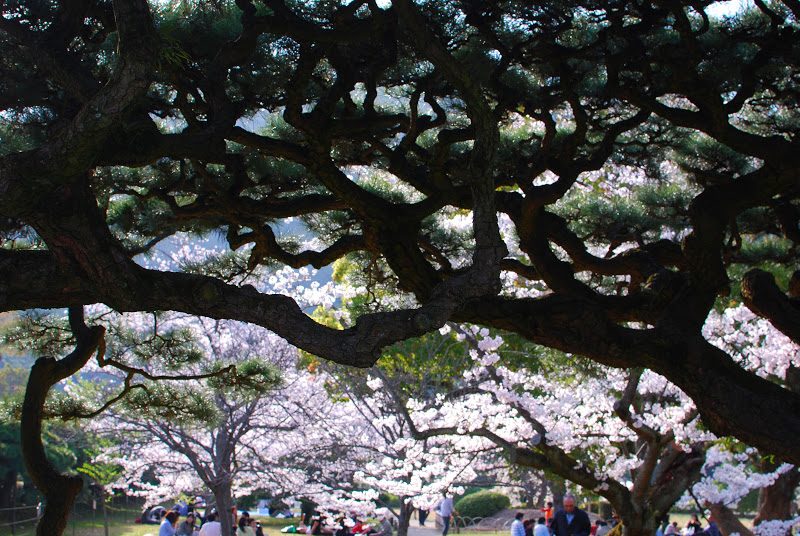
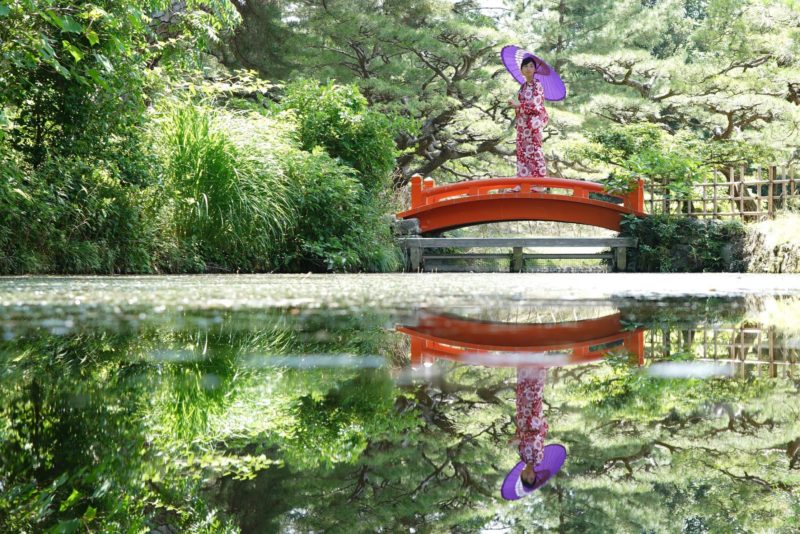
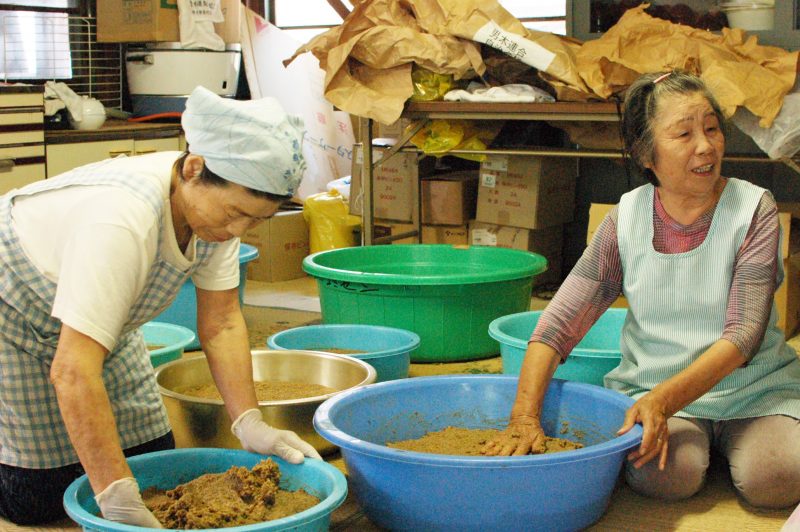
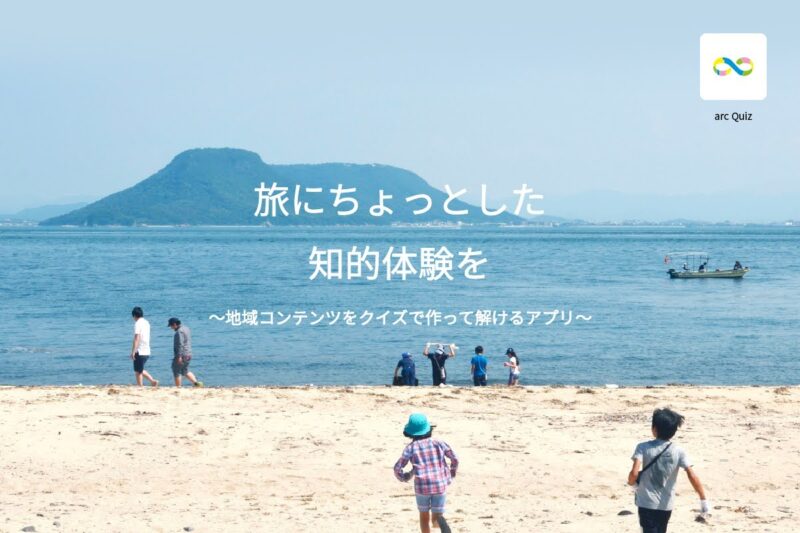
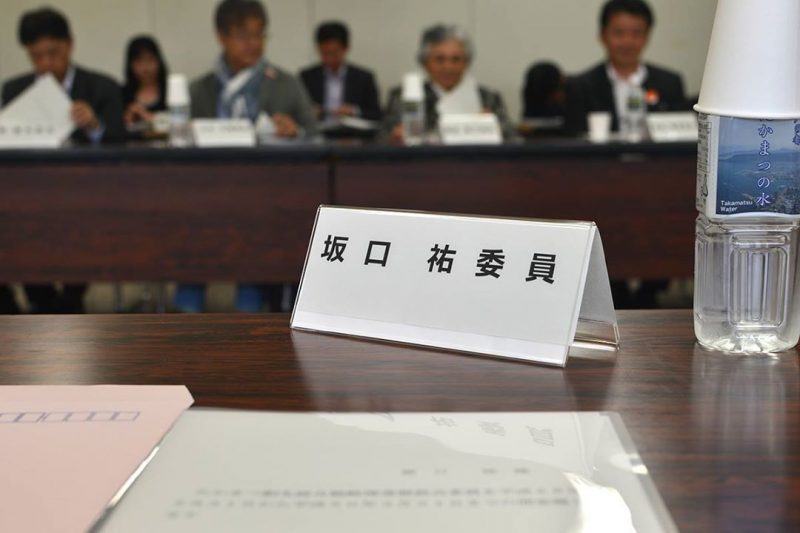
![【高知】おやつの神さまが集まるイベント「おやつ神社」 – [Kochi] OYATSU JINJYA(Shrine)](https://yousakana.jp/wp-content/uploads/2017/10/oyatsu-shrine-800x534.jpg)
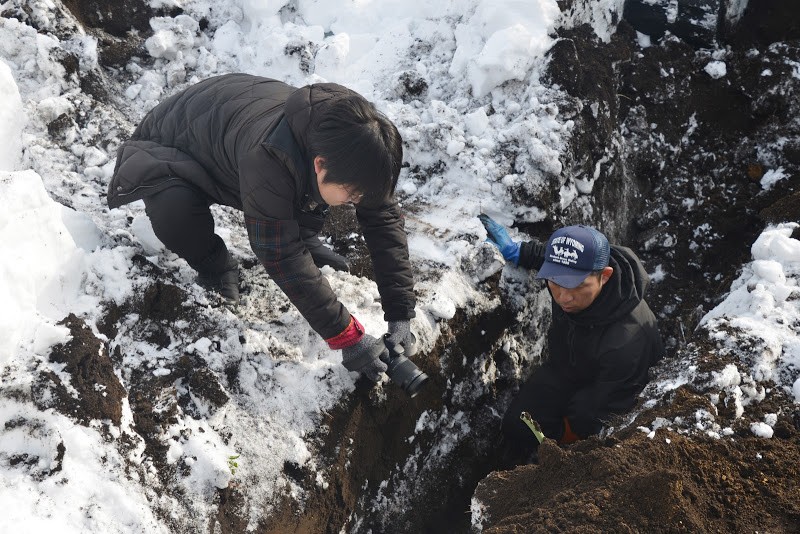
![【徳島 7/6】1000m山の上。大川原高原のあじさいまつり – [Tokushima 6 July] Hydrangeas of Sanagochi Village](https://yousakana.jp/wp-content/uploads/2018/06/ajisai-sanagochi-800x533.jpg)
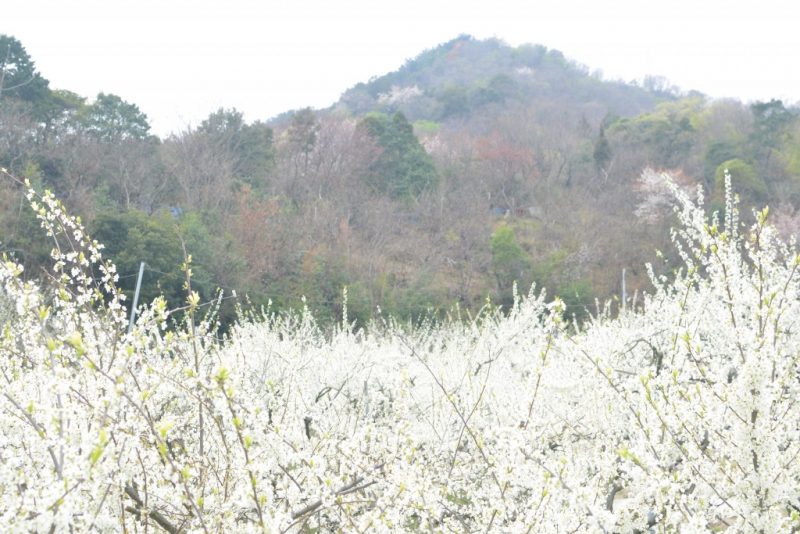
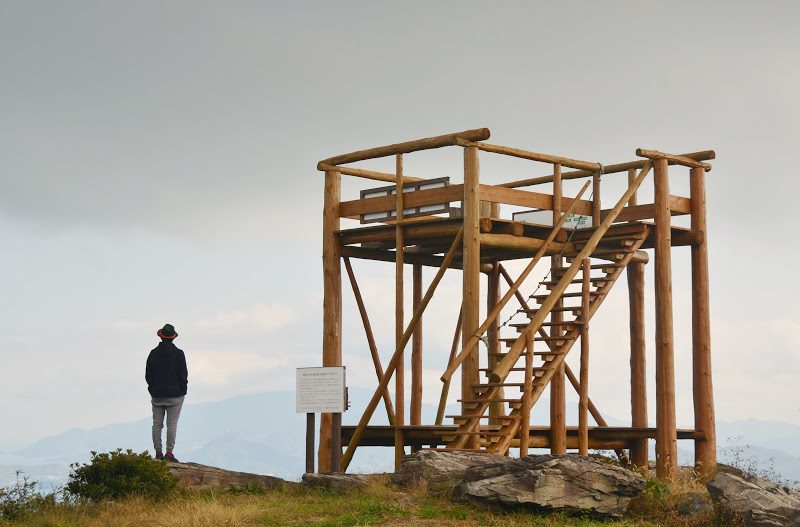
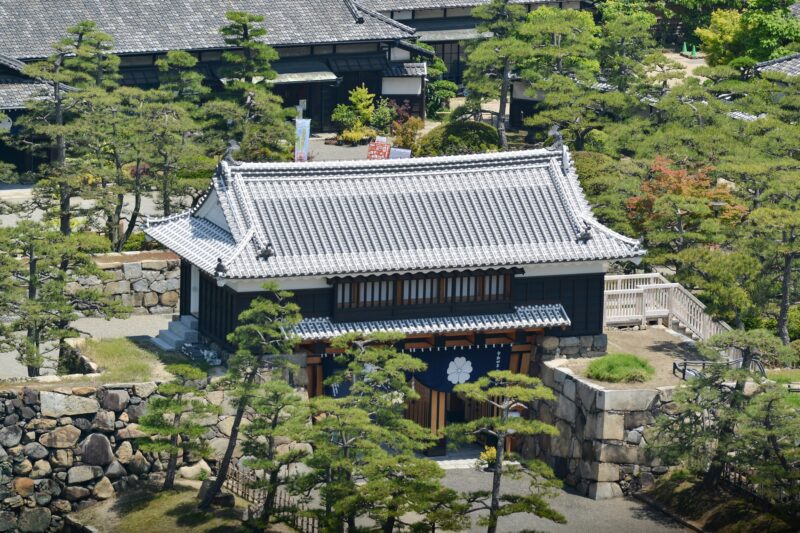
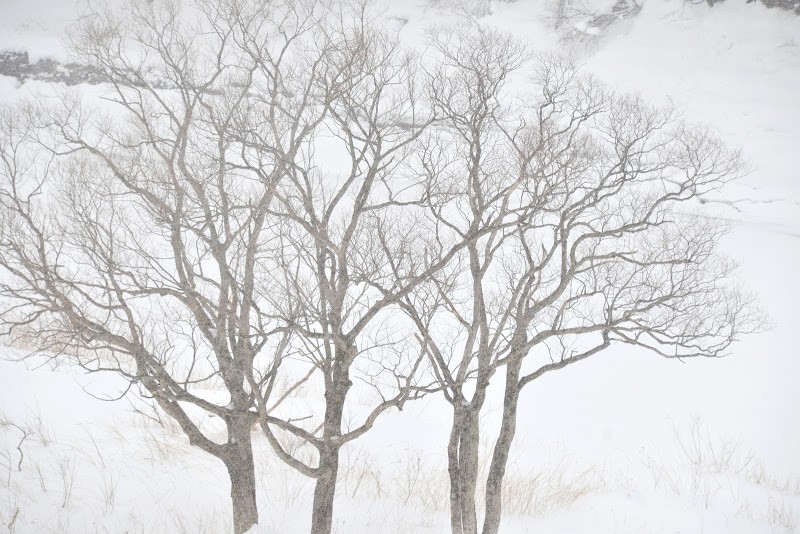
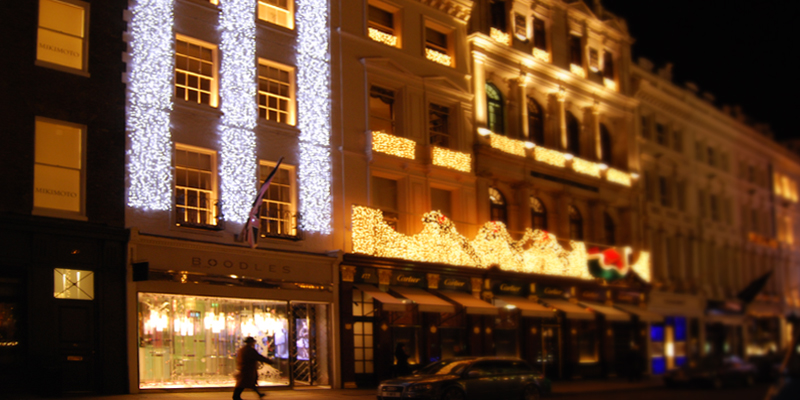
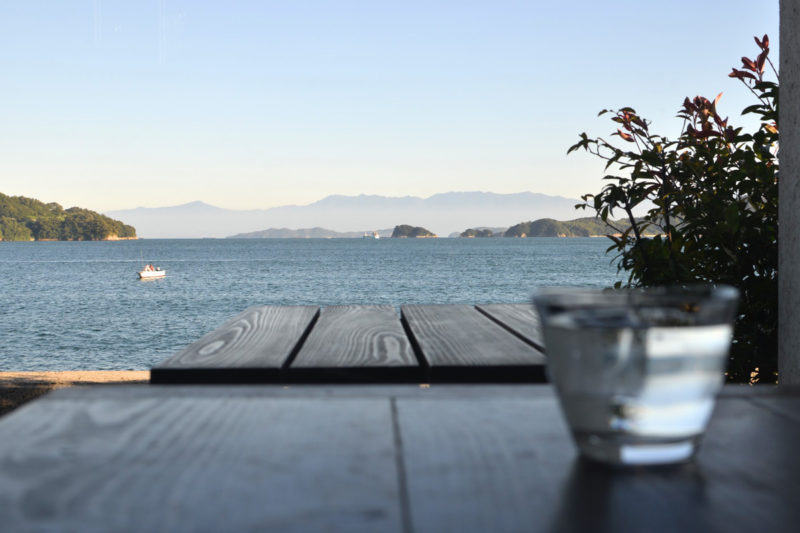
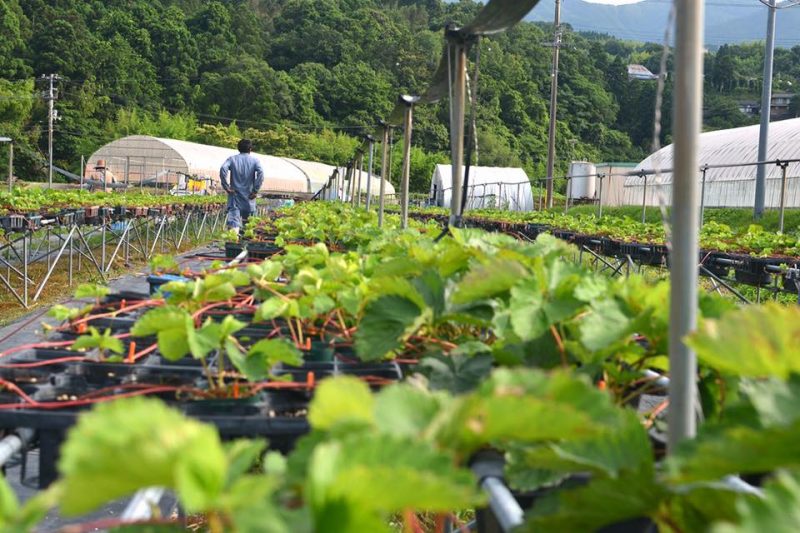
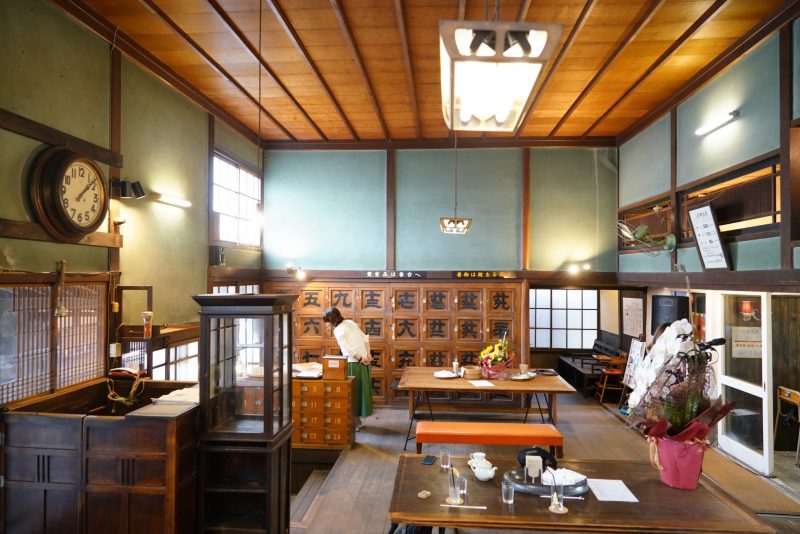
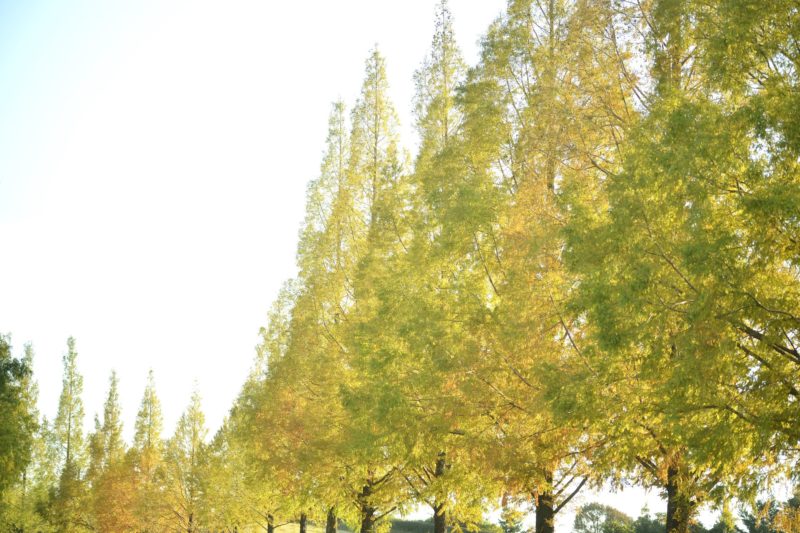
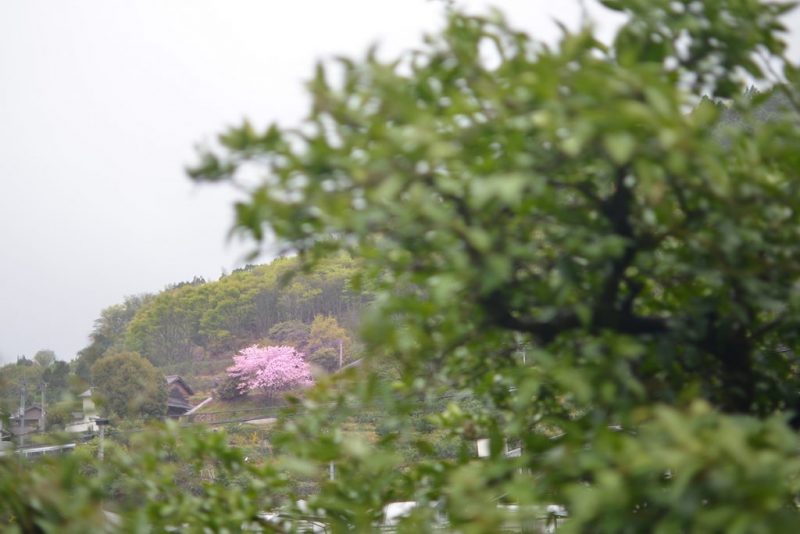
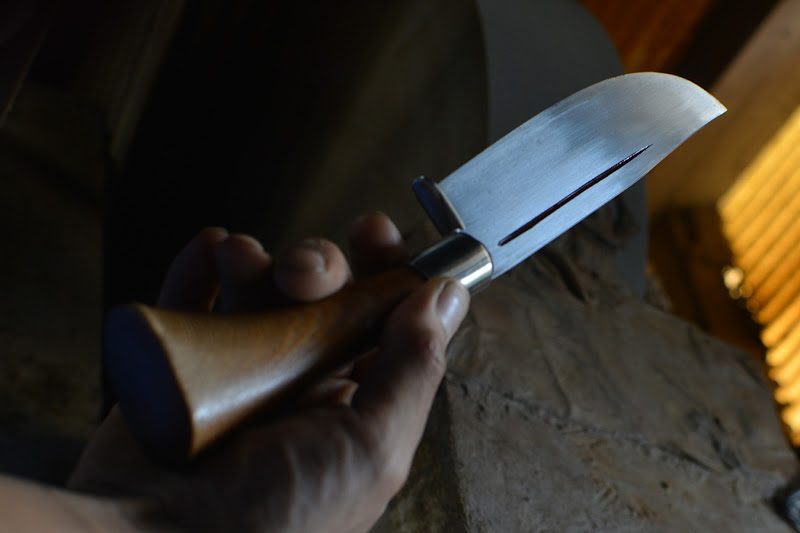
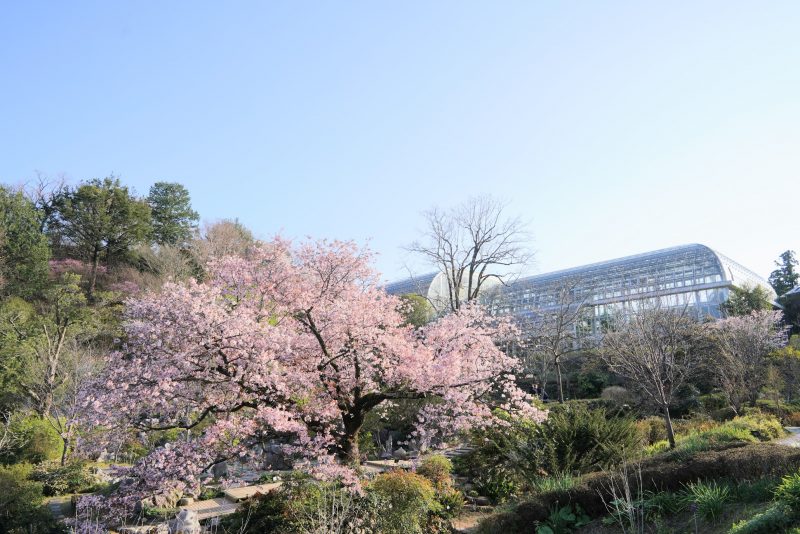
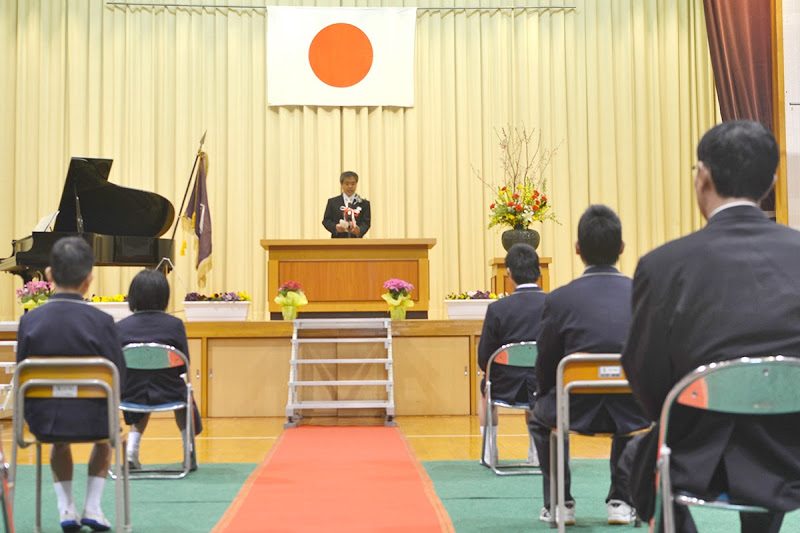
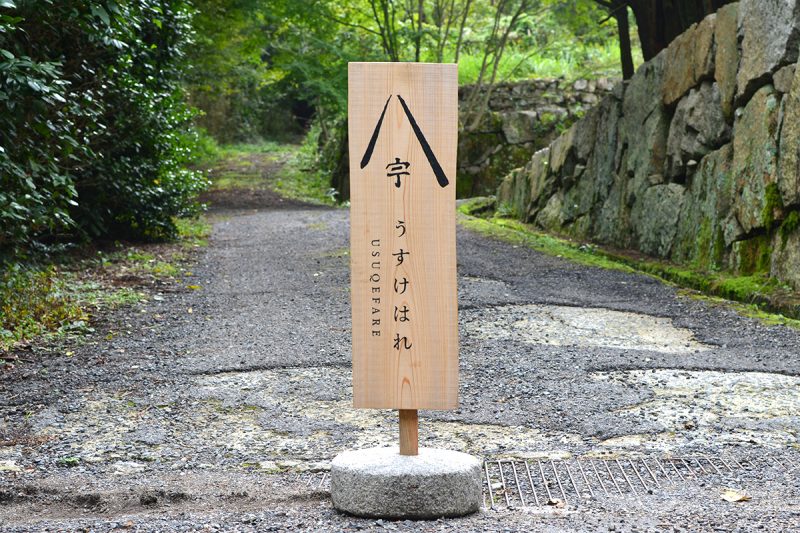
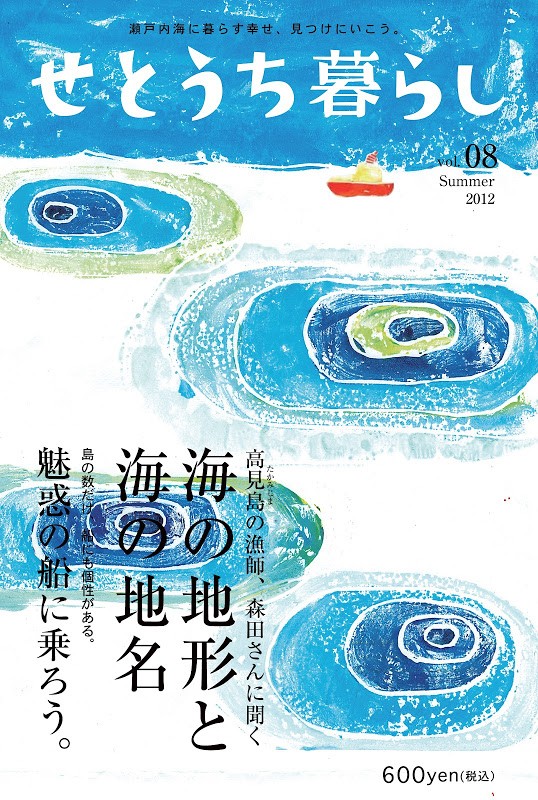

![【徳島】なると金時の木内農園 – [Tokushima] Sweet potato “Naruto Kintoki” of Kinouchi farm](https://yousakana.jp/wp-content/uploads/2016/03/DSC_5376-800x534.jpg)
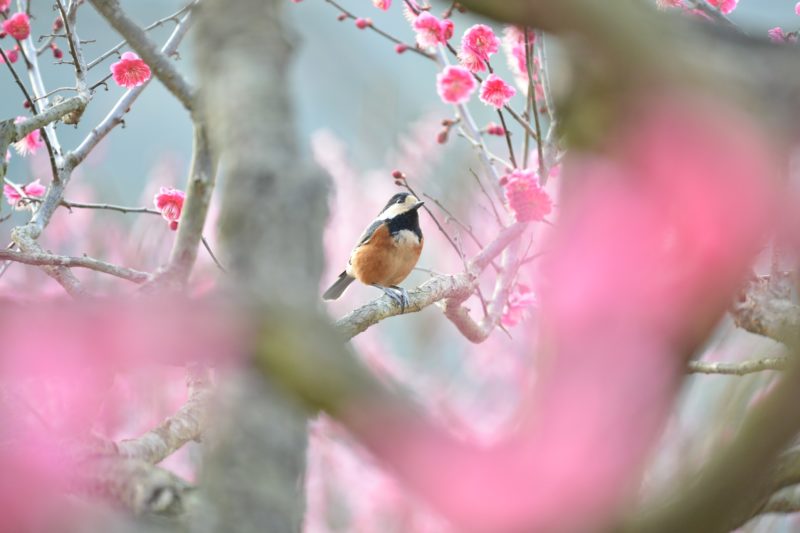
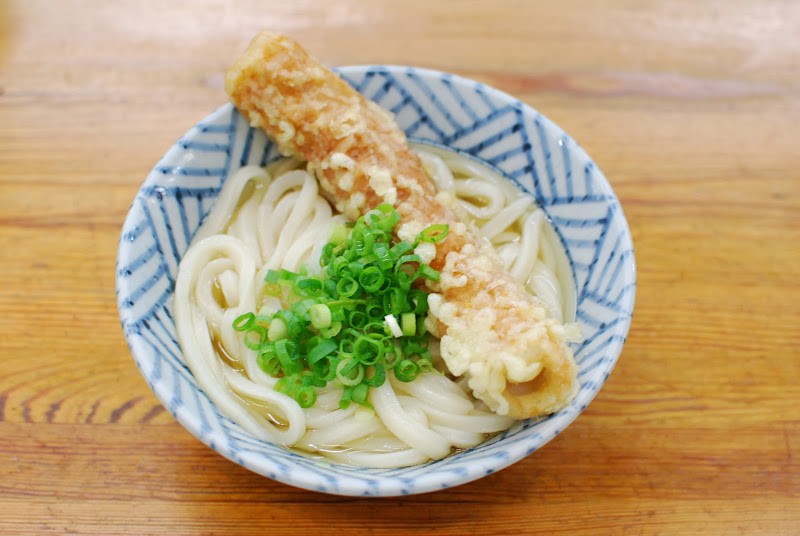
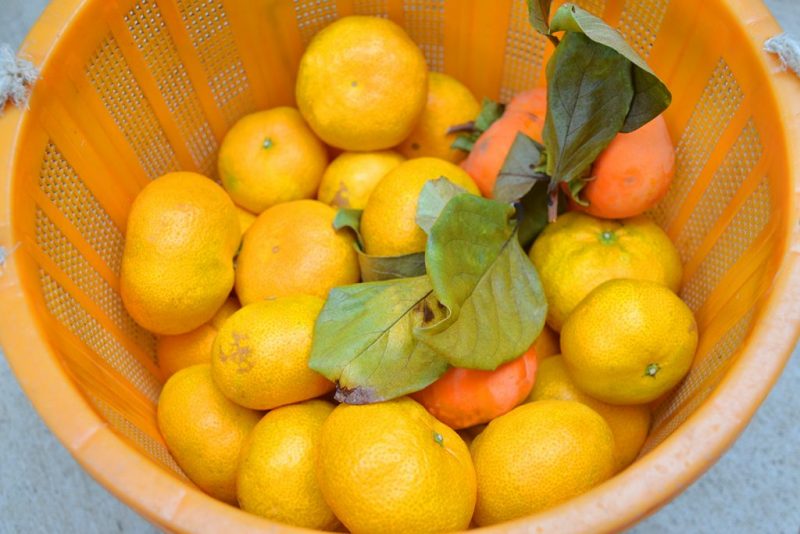
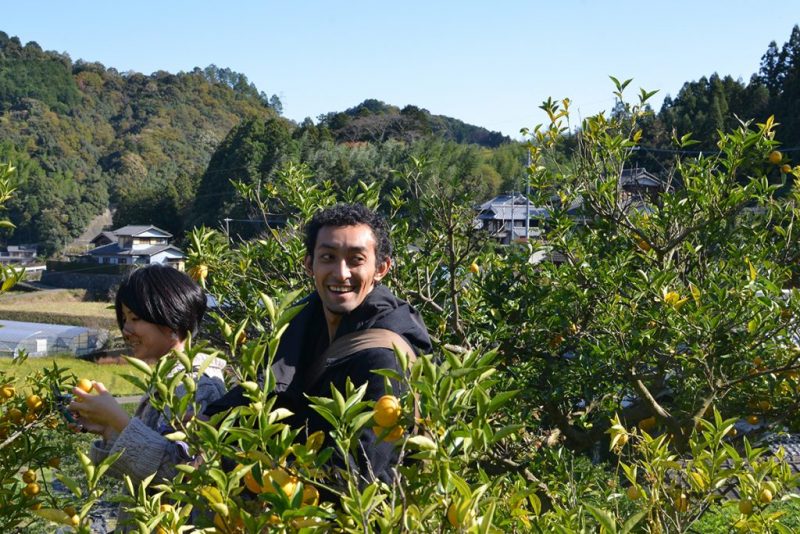
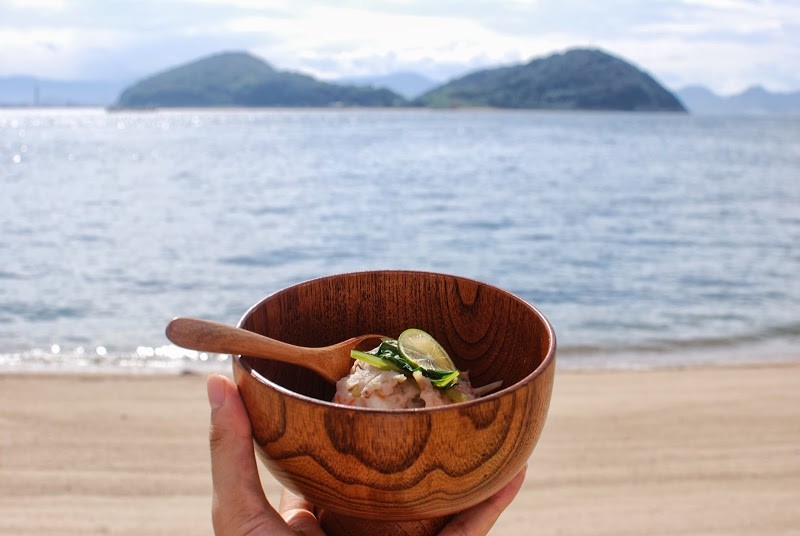
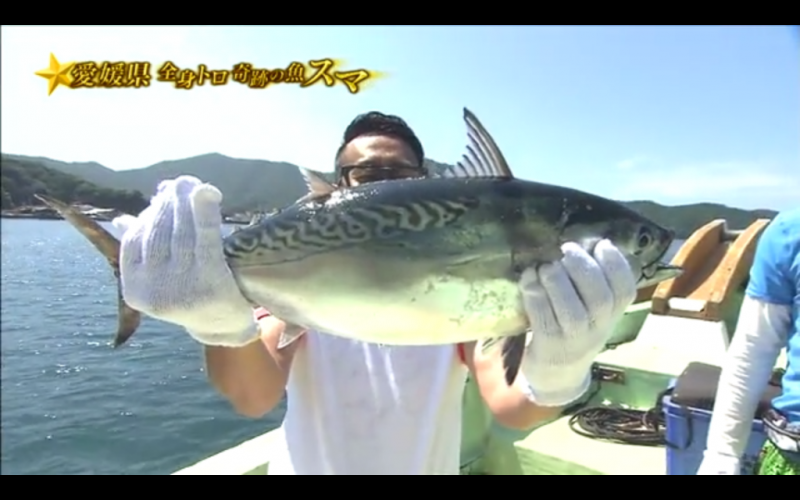
![【香川】焼菓子工房 ボンボニエール – [Kagawa] Baked Confectionery Bonbonniere](https://yousakana.jp/wp-content/uploads/2021/05/bonbonniere_title-800x533.jpg)
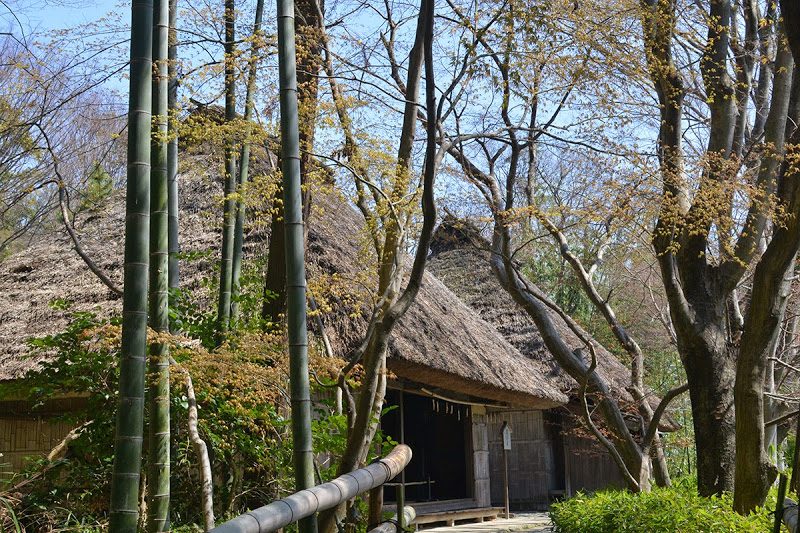
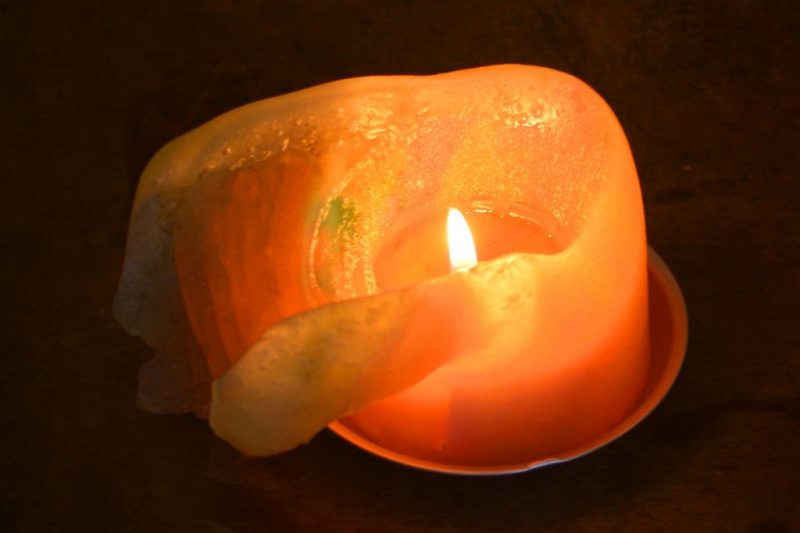
![【徳島】天空の石積み、にほんの里『高開(たかがい)の芝桜』 – [Tokushima] Takagai’s stone wall of Japanese village](https://yousakana.jp/wp-content/uploads/2018/04/takagai_tokushima-800x533.jpg)
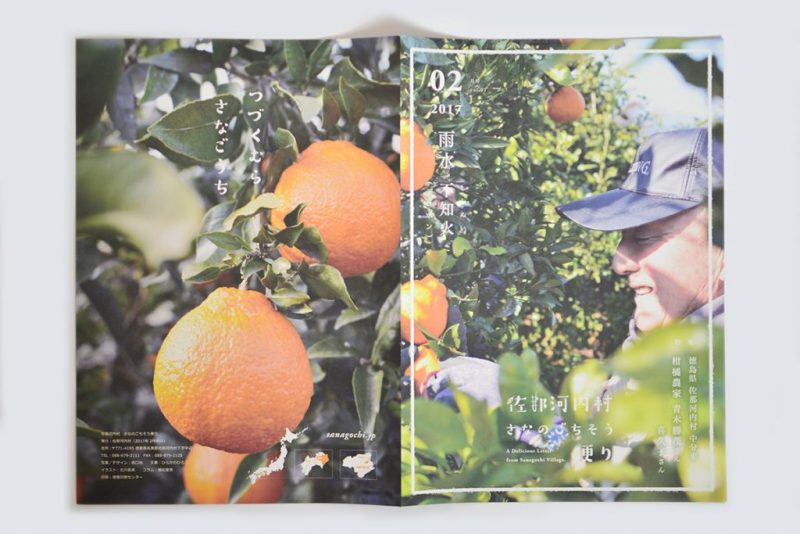
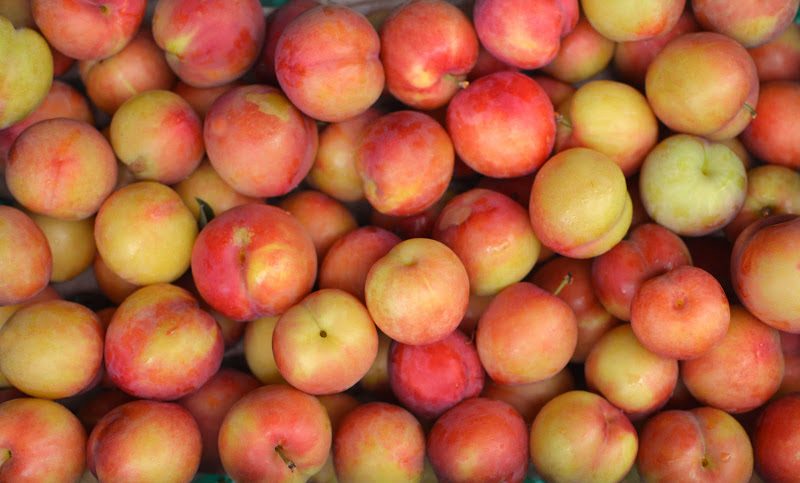
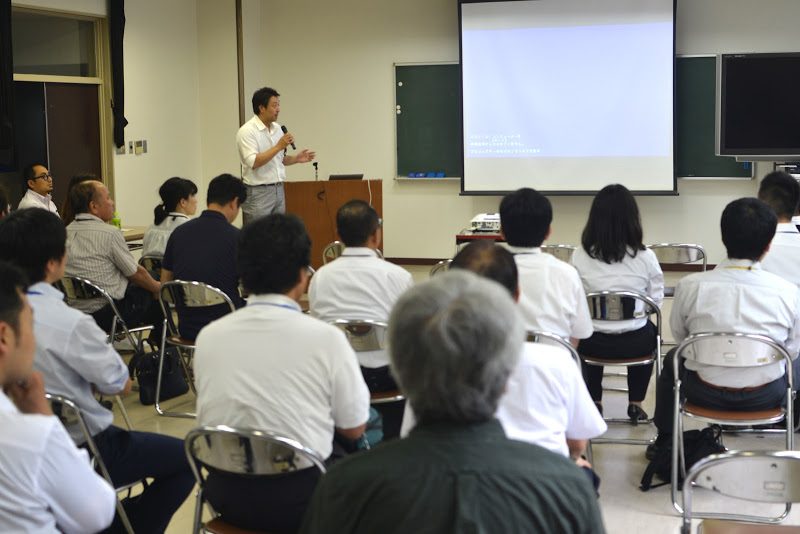
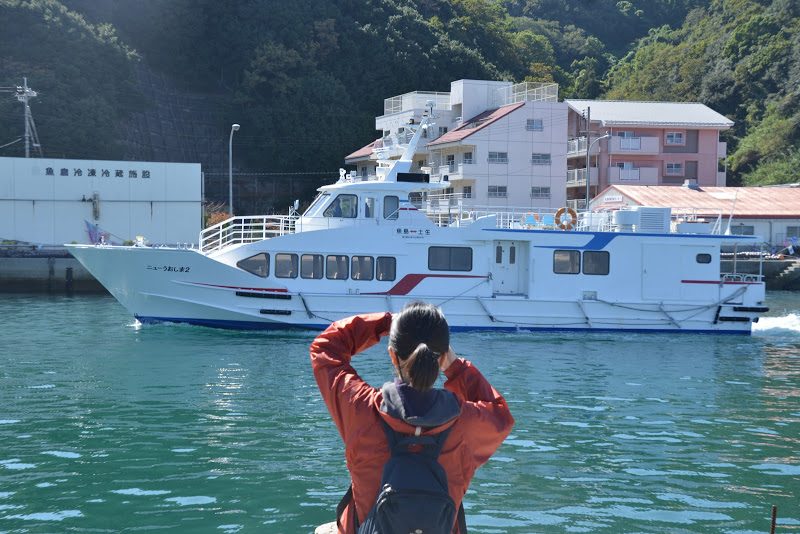
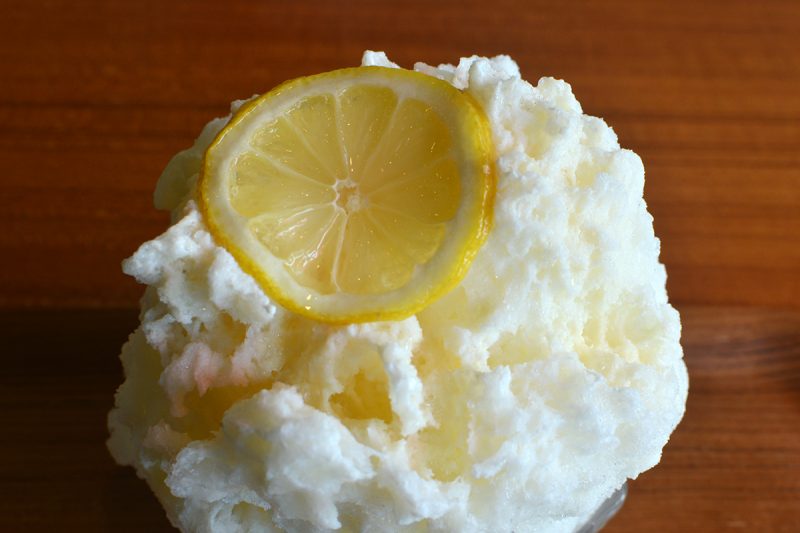

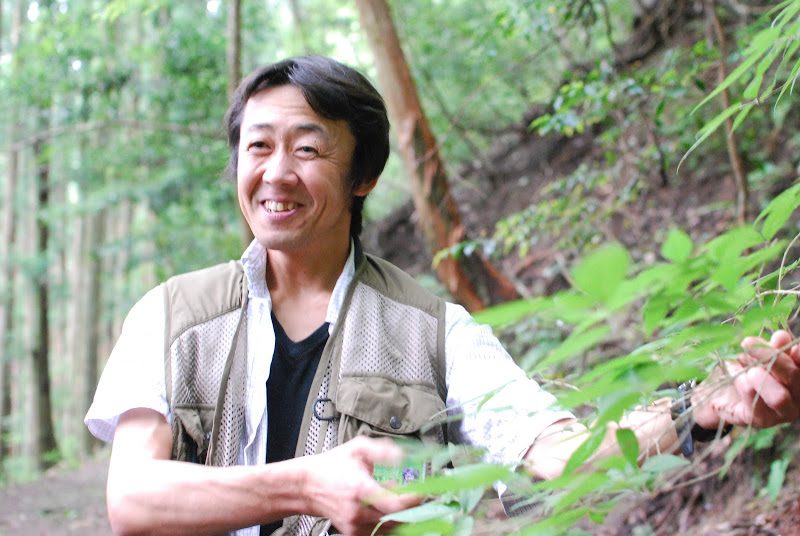
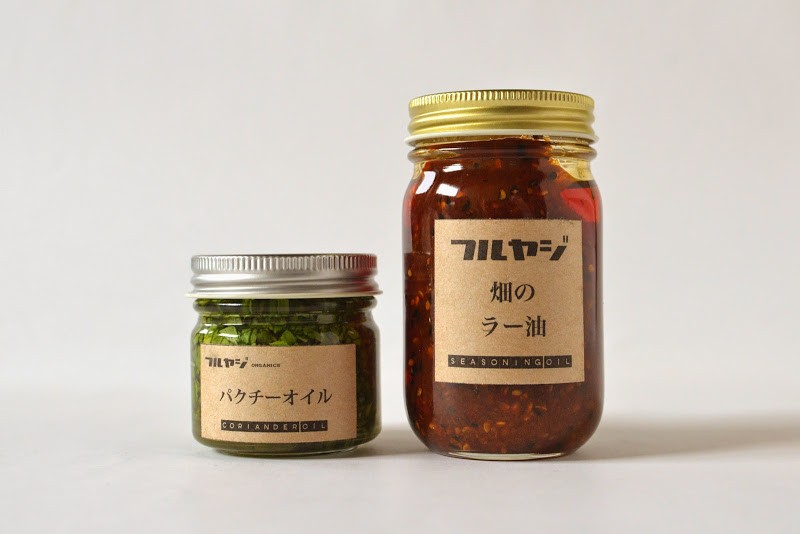
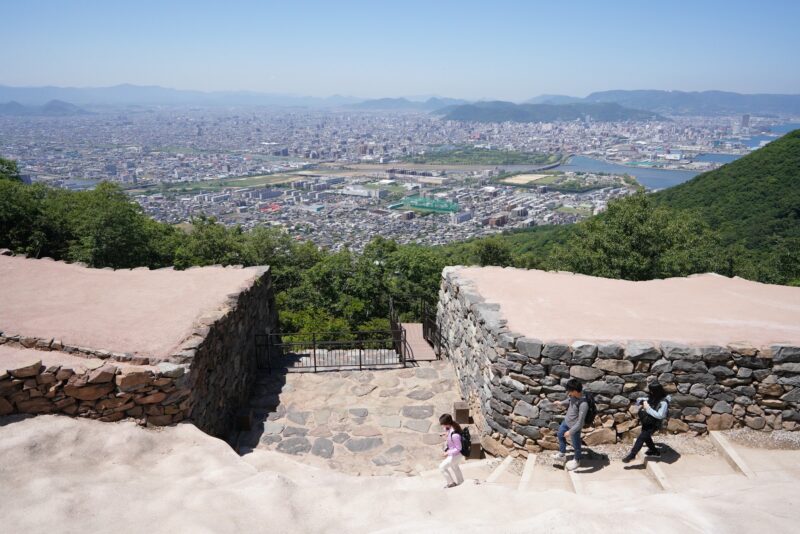
![【生誕102年 香川】彫刻家『流政之』 – [Kagawa] Sculptor Masayuki Nagare](https://yousakana.jp/wp-content/uploads/2019/04/nagare_matakimai-1-800x534.jpg)
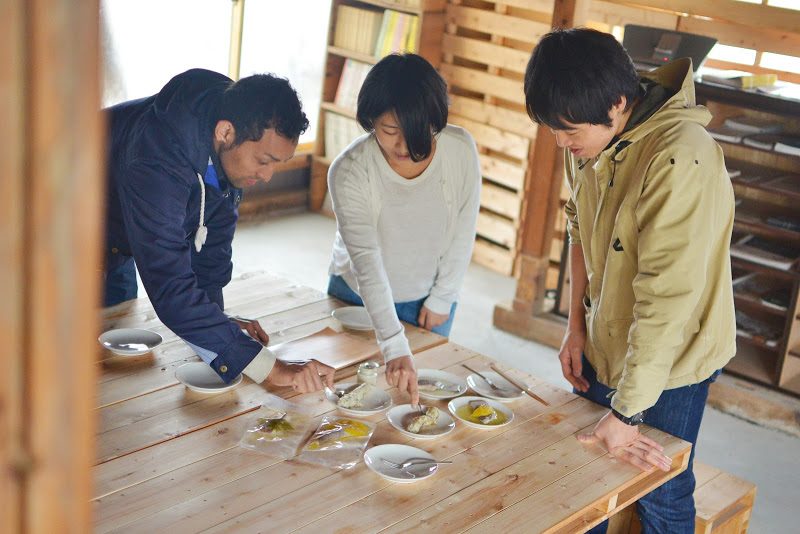
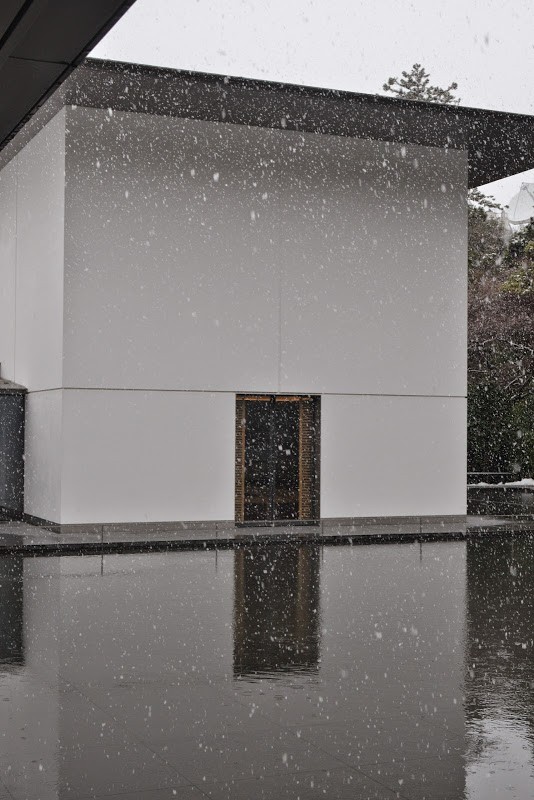
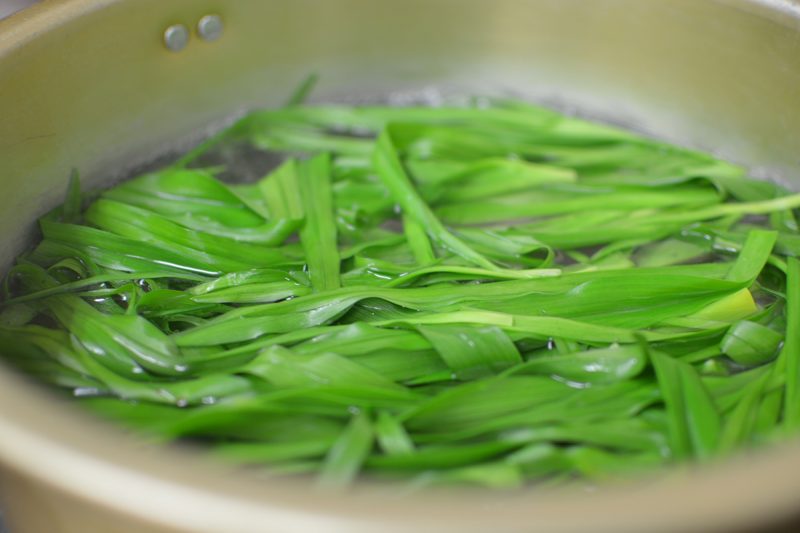
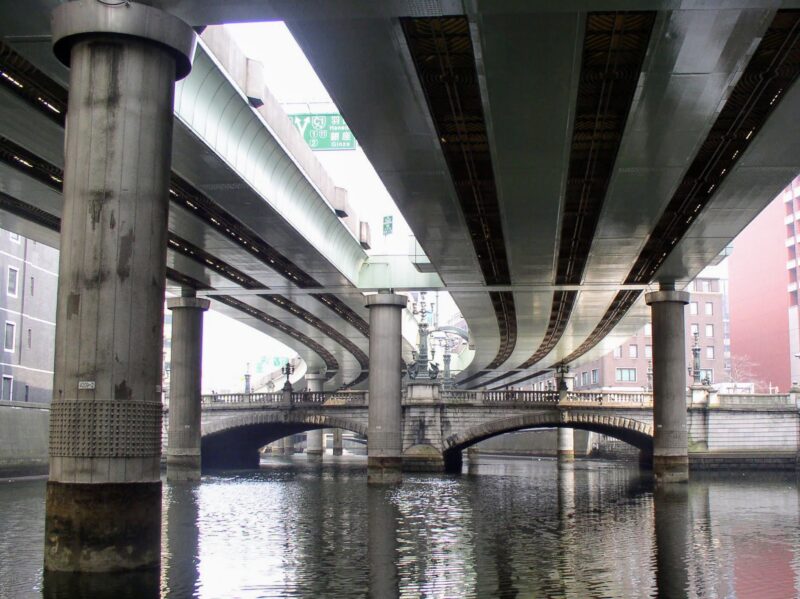
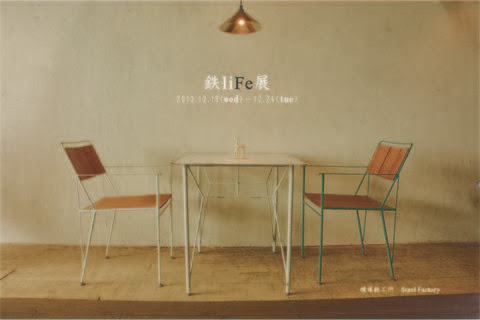

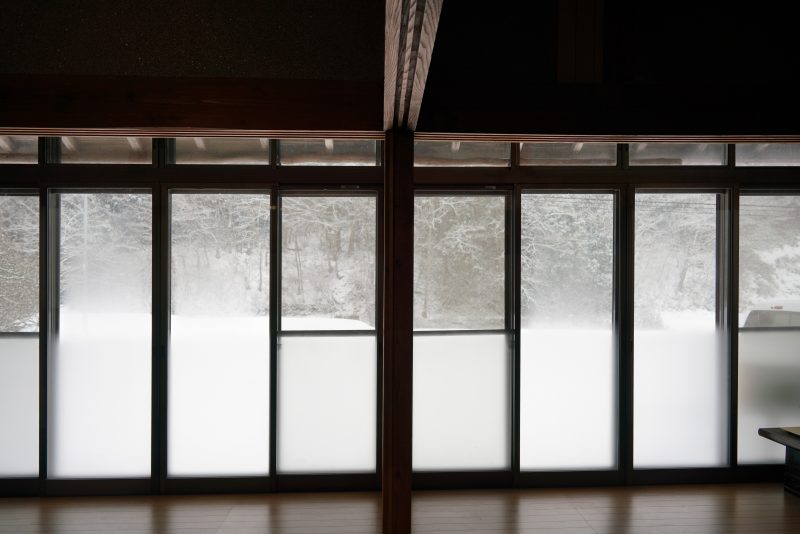
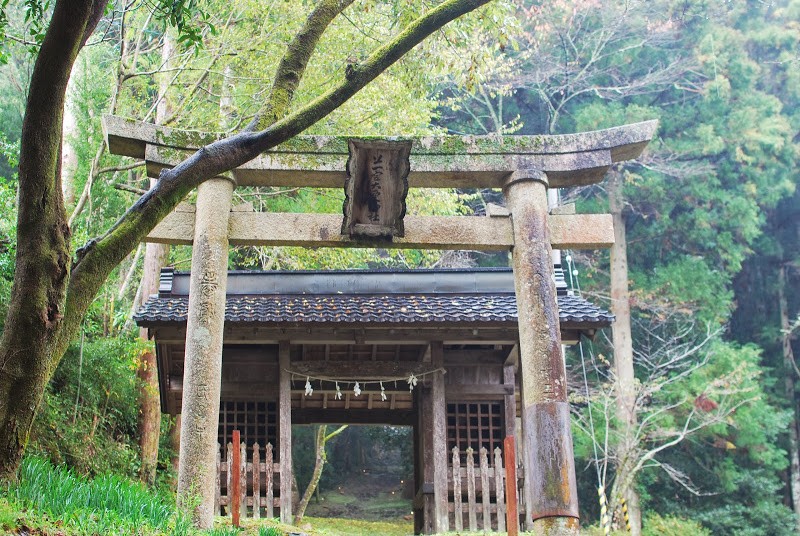
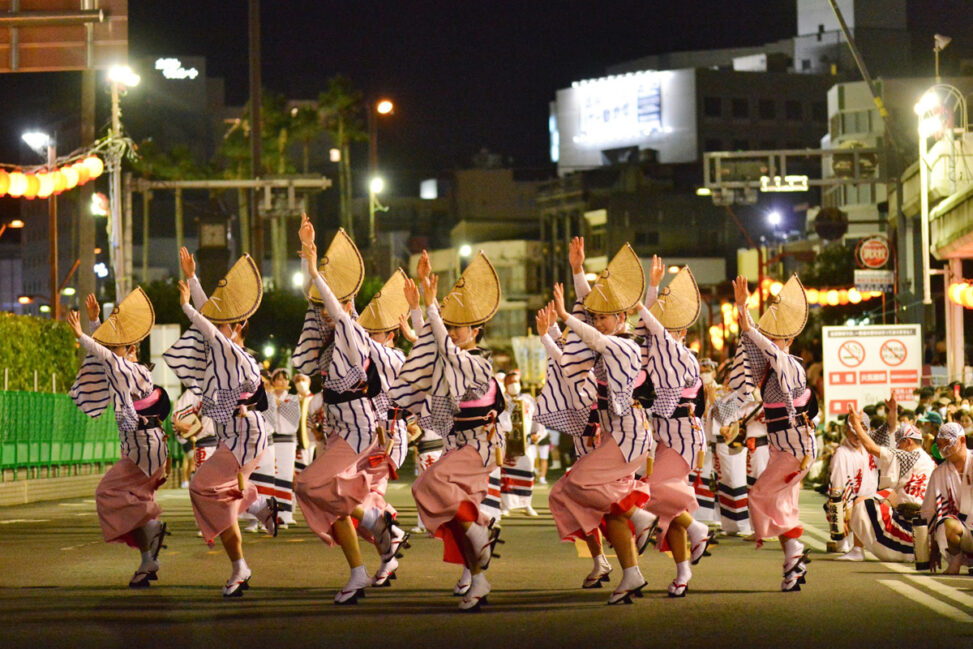





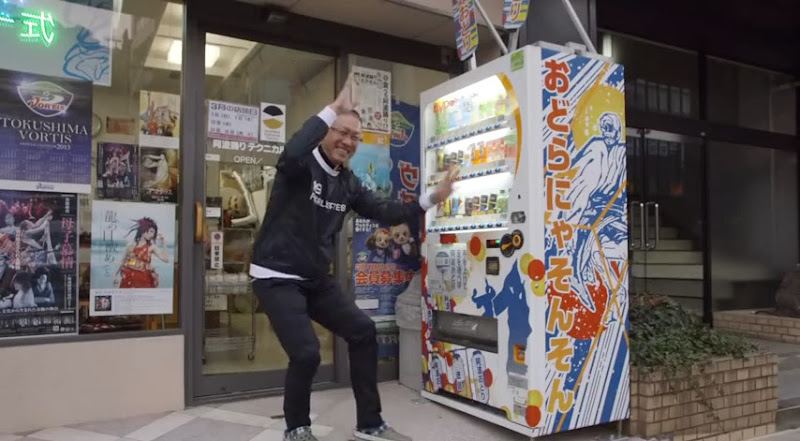



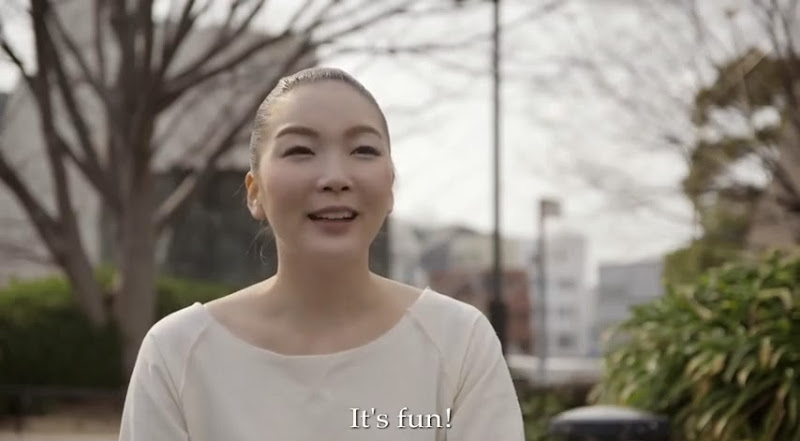
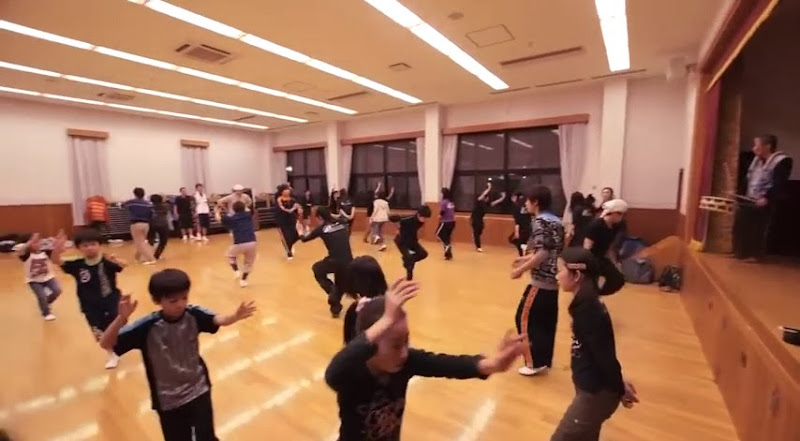





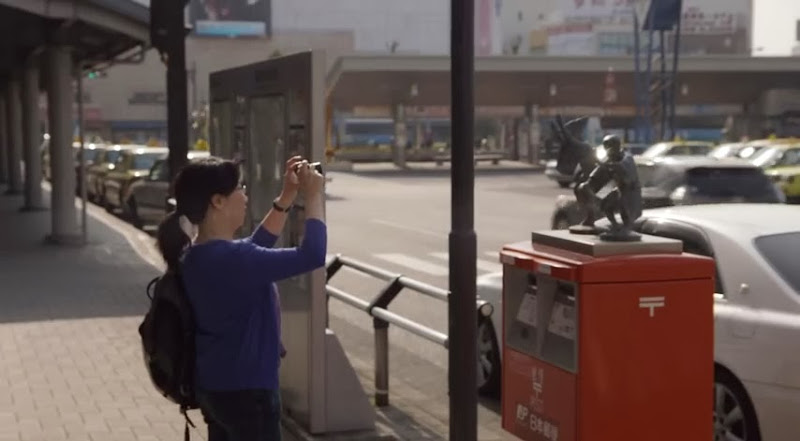











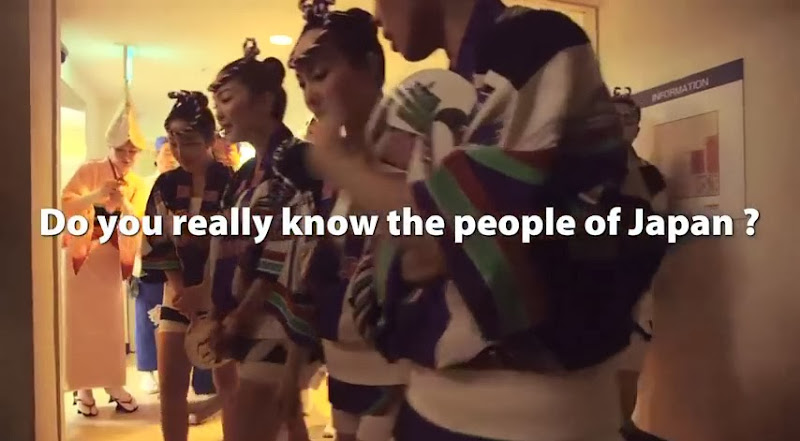
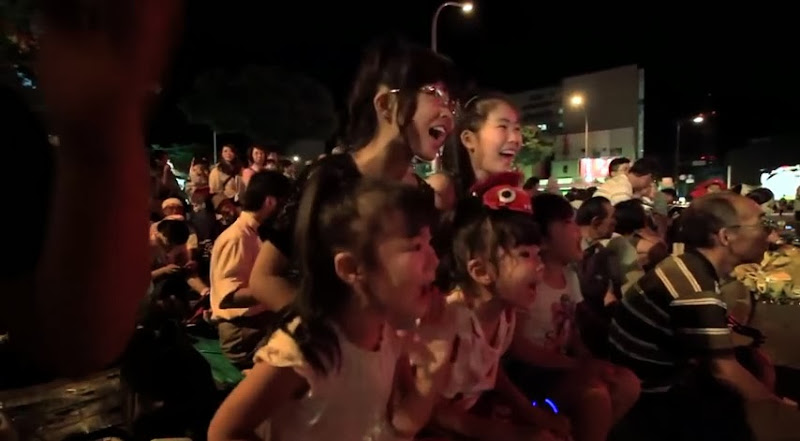

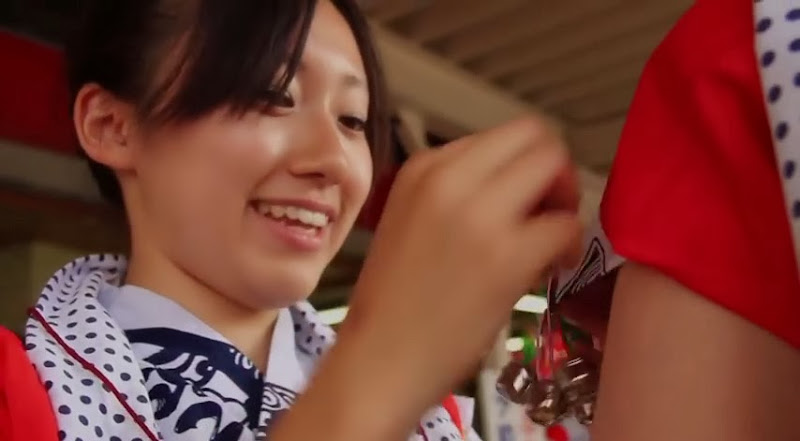

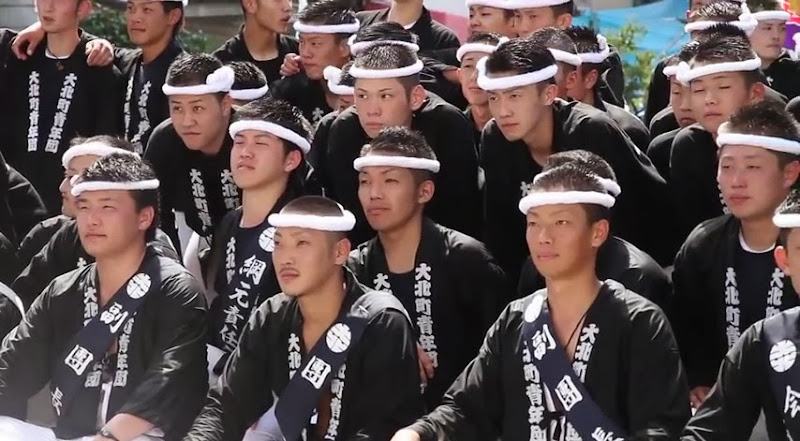



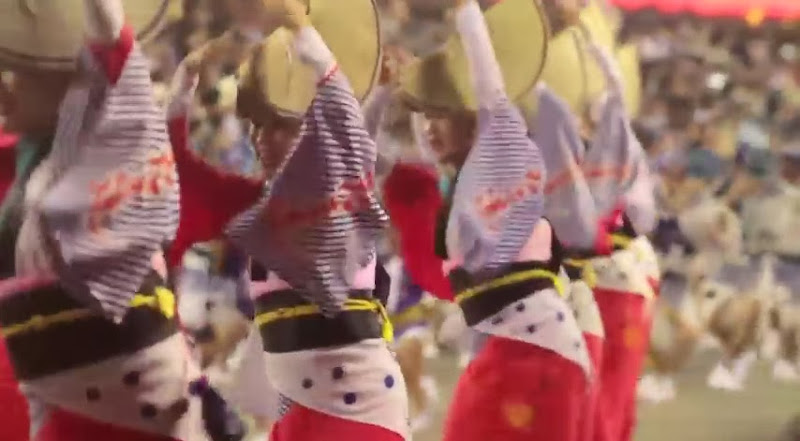



![阿波おどり みんな楽しく!!踊らにゃソンソン [DVD]](http://ecx.images-amazon.com/images/I/51yGlbI2XlL.jpg)
ヒライ
瀬戸ひかりさん
貴女の笑顔と阿波踊りの健康美は超一級ものです。
娯茶平のモモを代表する3人娘の一人としていつも3人で先頭に立って踊 って下さい。